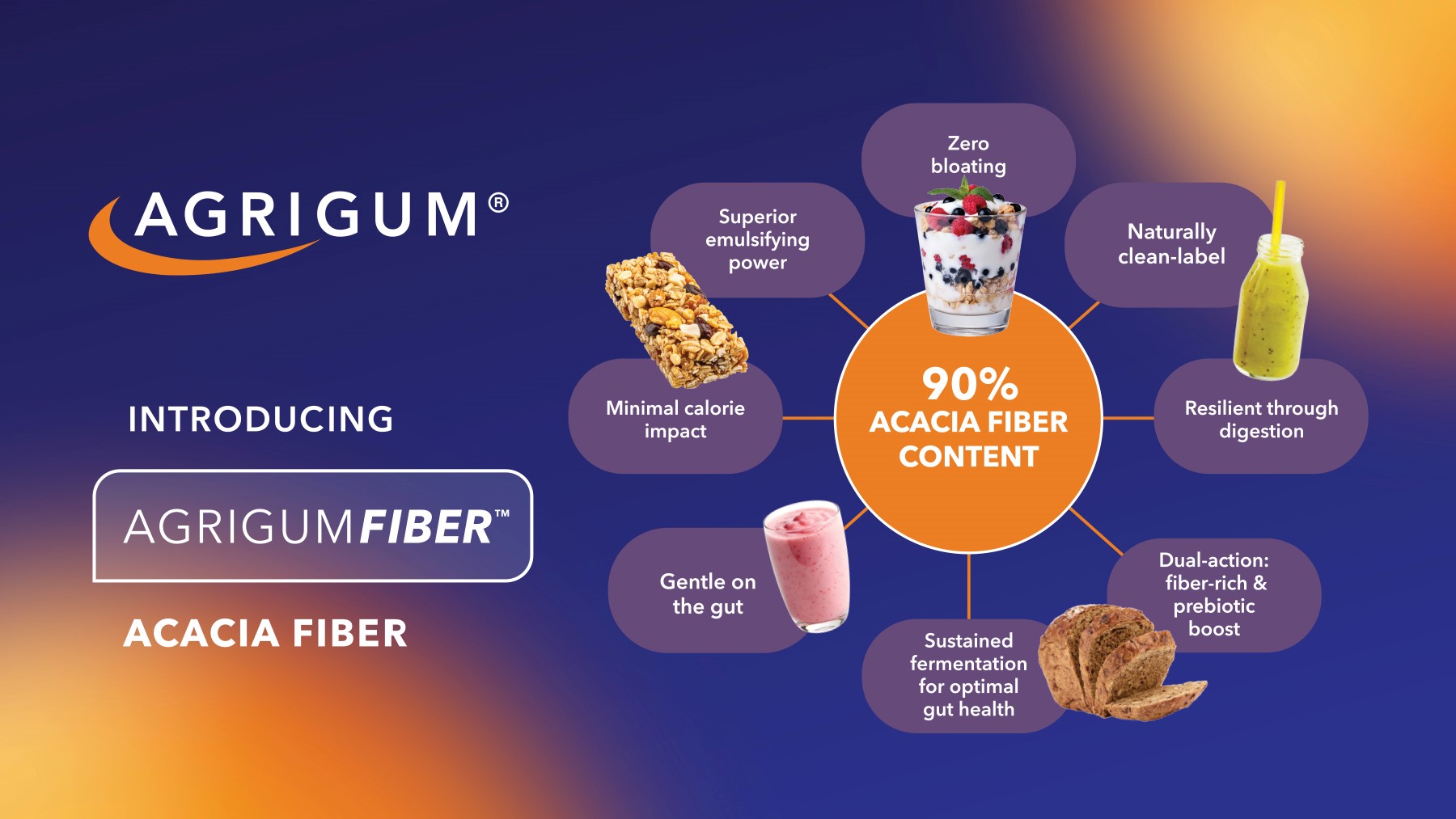News
Sustainable food sector requires synthetic chemical solutions
2 Jun 2025Researchers from global organisations have released a study analysing the prevalence of food contaminants in food packaging and their health impacts.
A research study, published in the Nature Medicine journal, explores the health impacts of exposure to synthetic chemicals in food. The scientists identify the diverse nature of chemical contaminants found within food, which include food contact chemicals (FCCs).

Today’s understanding of food contaminants, and specifically, how they leave food packaging and enter its contents, is backed by scientific research. “There is reliable evidence for chemical transfer from food packaging and other food contact materials (FCMs), like processing equipment, kitchen and tableware, and storage containers,” says Jane Muncke, managing director and chief scientific officer at the Food Packaging Forum, a non-profit foundation.
Improving public and planetary health
Many FCCs have been discovered and are known to be hazardous. The research states that evidence points towards them playing a contributing role in non-communicable diseases. With increasing consumption habits and awareness of ultra-processed foods (UPFs), which contain synthetic chemicals, there is an opportunity to develop greater, in-depth knowledge about FCCs and their detrimental health impacts.
Across the globe, countries move towards meeting the 17 goals and 169 targets of the United Nations’ (UN) Sustainable Development Goals (SDGs) by 2030. Sustainable Goal 2 aims to achieve Zero Hunger, Goal 3 relates to good health and wellbeing, and Goal 12 sets out to reach responsible consumption and production. However, as noted by the researchers of the Nature Medicine study: “A sustainable transition of the food system must address the health impacts of synthetic chemicals in food.”
Improving how the food sector characterises chemical food contamination could garner more industry attention and indicate the potential for food and health spheres to tackle disease prevention.
Extensive food contact chemicals knowledge base
According to the Food Packaging Forum, there is currently evidence for 2,160 chemicals, which scientists have identified as migrating from FCMs. Of these chemicals, approximately 1,400 are from plastics.
Along with colleagues from eight academic institutions, the Food Packaging Forum has developed a Migrating and Extractable Food Contact Chemicals (FCCmigex) Database to capture evidence relating to FCCs.
The database specifically measures FCCs from extracts and those migrated from FCMs and articles. To complete the database, researchers analysed 1,500 scientific studies, which examined 5,300 FCCs and over 35,000 database entries.
Scientists confirmed that exposure to these chemicals was highly probable. The reason for this was that the FCCs investigated were either in FCMs or had the potential to transfer into food under real-world conditions. Of those FCMs detected, researchers were aware of 28% previously used in food manufacturing.
Furthermore, almost two-thirds (63%) of the studies analysed were on plastics, and the researchers found 3,696 different types of chemicals.
Identified contaminants pose consumer risks
The problem with FCCs is their reported detrimental effects on human health. According to the Food Packaging Forum, bisphenol A (BPA) and phthalates, including diethylhexylphthalate (DEHP), are among the detected chemicals frequently measured.
“For both chemicals, there is reliable data showing that exposure to them causes obesity, insulin resistance, and cardiovascular disease,” Muncke says. Phthalates (like DEHP) have also been linked to male infertility and neurological effects, while BPA has been associated with polycystic ovarian disease (PCOS).
“There are around 1,222 FCCs of concern,” Muncke explains. However, although these chemicals are known to be hazardous, not all of them have been found to migrate from FCMs. Mainly because they have not been studied, she adds.
“Most of the 15,159 known FCCs lack hazard data, so it’s simply not known if they are of concern or not,” Muncke notes.
Food contact chemical use is no accident
Certain factors within the food packaging industry are also known to drive migration of FCCs, including high temperatures, non-inert materials (like plastics), fatty foods, and long storage times.
The Food Packaging Forum said it is important to stress that these FCCs are intentionally used to make FCMs. “So, the presence of hazardous chemicals that migrate from food packaging is not coincidental; they are used intentionally,” Muncke says.
Related news

How younger consumers are redefining ingredient choices and rejecting brand loyalty
18 Nov 2025
Gen Z and millennial consumers’ preferences for transparency, functionality, and purpose are “redefining the very nature of consumption itself”, says SPINS.
Read more
Hybrid formats and flexible positioning to disrupt category norms in 2026
17 Nov 2025
Trend forecasters expect food and drink to move more fluidly across occasions, functions, and formats as consumers seek versatility, novelty, and convenience.
Read more
Empowering innovation in fortification and colouration
13 Nov 2025
Divi’s Nutraceuticals offers a large portfolio of innovative, high-quality ingredients for foods, beverages, and supplements, with bespoke solutions and expert support for product success.
Read more
From fruit to functional solutions: Meet Paradise Fruits at Fi Europe in Paris
13 Nov 2025
Paradise Fruits Solutions and Paradise Fruits Health will showcase their combined expertise in delivering innovative, fruit-based solutions to the food and beverage industry at the upcoming Fi Europe trade show (2-4 December 2025, Paris).
Read more
New UPF standard hoped to offer consumers ‘coherence and clarity’
10 Nov 2025
Ingredients companies are being urged to enter “a new era of partnership and innovation” following the launch of the industry’s first non-UPF verification scheme.
Read more
Cottage cheese makes a comeback as consumers call for cleaner labels
6 Nov 2025
From ice cream to dips and ready meals, cottage cheese is experiencing a renaissance as a high-protein, clean ingredient for health-conscious consumers.
Read more
Ingredient quantities mislabelled on popular protein bars, independent tests show
5 Nov 2025
Some popular protein bars contain more fat, carbs, and/or sugars than claimed on their labels, independent nutrition testing reveals.
Read more
Does promoting protein content push up plant-based sales?
27 Oct 2025
Promoting the protein content of meat-free products is a more effective sales strategy than adding carbon labels, a study of UK bakery chain Greggs suggests.
Read more
Agrigum Redefined FIBER
27 Oct 2025
Agrigum has transformed gum acacia into a natural, science-backed fibre that supports gut health, sustainability, and innovation across global food and nutrition applications.
Read more
Will Wicks’ Killer Bar harm the protein bar category?
23 Oct 2025
Joe Wicks’ deliberately dangerous protein bar is fuelling anti-UPF sentiment – but there are concerns that his messaging is misguided and could have unintended consequences.
Read more